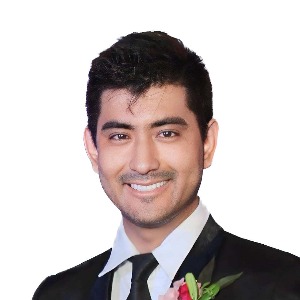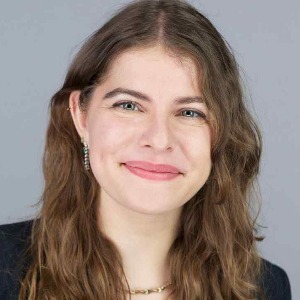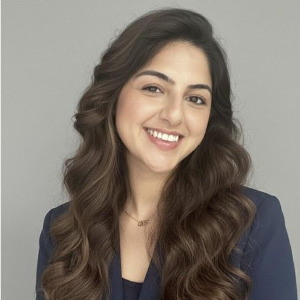Disinfectants
Antimicrobial disinfectants play a pivotal role in maintaining a healthy and sanitized environment by targeting and neutralizing harmful microorganisms. These agents are employed across diverse sectors, including healthcare, food processing, and residential spaces, to curb the spread of infectious diseases. One significant category of disinfectants is the group of phenolic compounds. These compounds disrupt microbial cell walls and membranes, leading to the deactivation of pathogens. Phenolics are known for their effectiveness against a wide range of bacteria and viruses, making them valuable in hospitals and laboratories. Another widely used disinfectant is formaldehyde, known for its strong antimicrobial properties. It acts by denaturing proteins and interfering with the metabolic processes of microorganisms. Formaldehyde is commonly utilized in healthcare settings and mortuaries for its reliable disinfection capabilities. Quaternary ammonium compounds (QACs) represent a class of disinfectants widely employed for their broad-spectrum antimicrobial activity. QACs disrupt the cell membranes of microorganisms, leading to their inactivation. These compounds find applications in surface disinfection and cleaning products. In conclusion, the diverse array of disinfectants and their mechanisms of action are critical components in the ongoing battle against infectious microorganisms. The careful selection and application of these agents contribute significantly to public health and safety.

Francis J Castellino
University of Notre Dame, United States
Ranjan Ramasamy
ID-FISH Technology, United States
Saurabh Chattopadhyay
University of Kentucky College of Medicine, United States
Rico Leonardo Lizbinski
Northern Light Health, United States
Sasha Leibholz
New York Presbyterian Columbia/Cornell, United States
Lauren Gruffi
New York Presbyterian Columbia/Cornell, United States



Title : Pathogen-derived noncanonical epitopes: Are they valuable targets for novel vaccinations and shall we be concerned about autoimmune responses?
Michele Mishto, Francis Crick Institute, United Kingdom
Title : Bioterrorism through the ages: Historical perspective, emerging threats, and medical countermeasures
Claudia Ferreira, Sorbonne University, France
Title : Changing population immunity to COVID-19 in the context of infection, vaccination, and emerging SARS-CoV-2 variants
Ranjan Ramasamy, ID-FISH Technology, United States
Title : Extensively drug-resistant bacterial infections: Confronting a global crisis with urgent solutions in prevention, surveillance, and treatment
Yazdan Mirzanejad, University of British Columbia, Canada
Title : Measles vaccination coverage indicators in 2023 and advance towards measles elimination and eradication by 2030
Pedro Plans Rubio, College of Physicians of Barcelona, Spain
Title : Severe influenza and other related respiratory infection cases during Omicron era in Japan
Masafumi Seki, Saitama Medical University International Medical Center, Japan